Table of content
What is Generative AI ?
Human in the Loop for Generative AI?
Our Gen AI Human in the loop experience and expertise
Multi-Modal Applications
Summary
Human in the Loop for Generative AI
What is Generative AI ?
Generative AI is Machine Learning (ML) techniques that allow computer models to create new realistic content such as images, text, audio and video. Gen AI focuses on developing algorithms and models capable of generating new and original data that resembles the patterns and characteristics of existing data. Unlike traditional AI models that are trained to recognize and classify data, generative AI models are designed to create entirely new data samples.
While these achievements are truly great, they are often accompanied by challenges such as ethical concerns, biased outputs, and lack of control over the generated content. To address these issues, the concept of "Human in the Loop" has emerged as a powerful approach to enhance generative AI while ensuring human oversight and intervention.
Human in the Loop for Generative AI?
Human in the Loop (HITL) is a design strategy that involves human expertise and intervention at various stages of an AI system's operation. In context of generative AI, this means incorporating human oversight and feedback during the model's training, evaluation, and output generation processes. By integrating human judgment and creativity into the AI loop, we can enhance the quality, safety, and ethical aspects of AI-generated content.
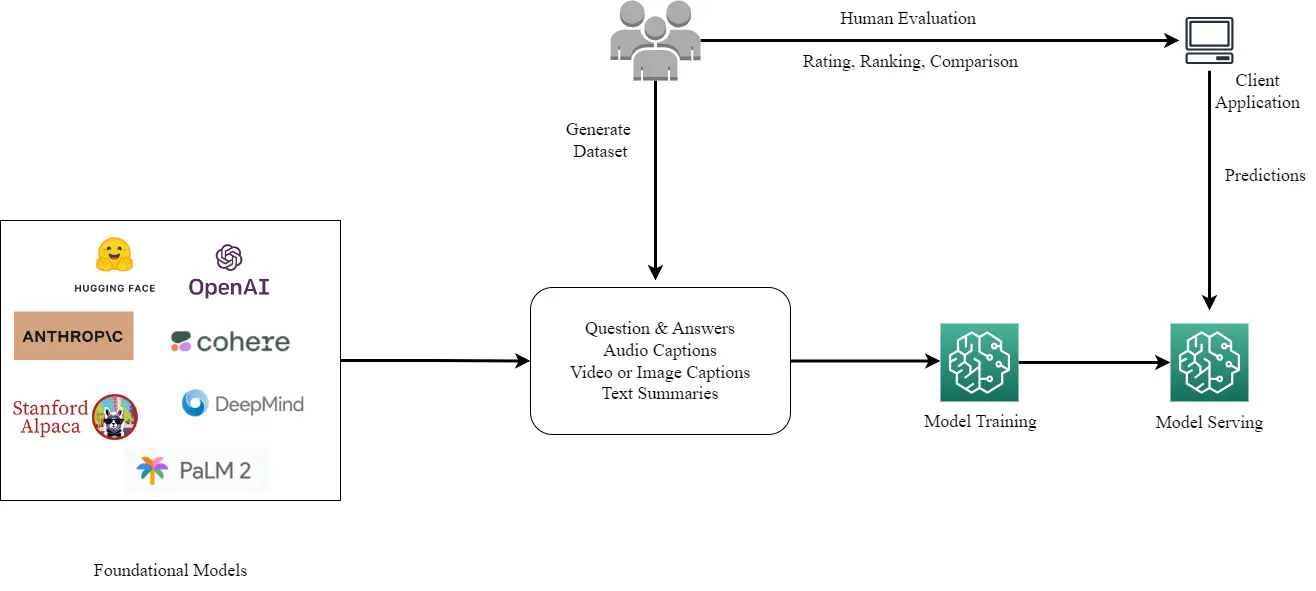
At Objectways we are working with customers who need data labeling and human feedback for fine-tuning foundation models for generative AI applications. We work on gathering high-quality human feedback to make preference datasets for aligning generative AI foundation models with human preferences, as well as customizing models to application builders’ requirements for style, substance, and voice of the customer.
Our Gen AI Human in the loop experience and expertise
Unimodal Applications
- Text Ranking: This is mainly used when customers want to
create chatbots and have their unique voice and preferences while communicating with their
customers. Here our human reviewers are requested to rank three or five responses per prompt
from an LLM depending on the preference and instructions of the customer. Therefore, this
ensures the model is aligned to provide accurate, personalized and more human like
interactions which are factually accurate, not biased, or toxic, and classify multiple
dimensions simultaneously.
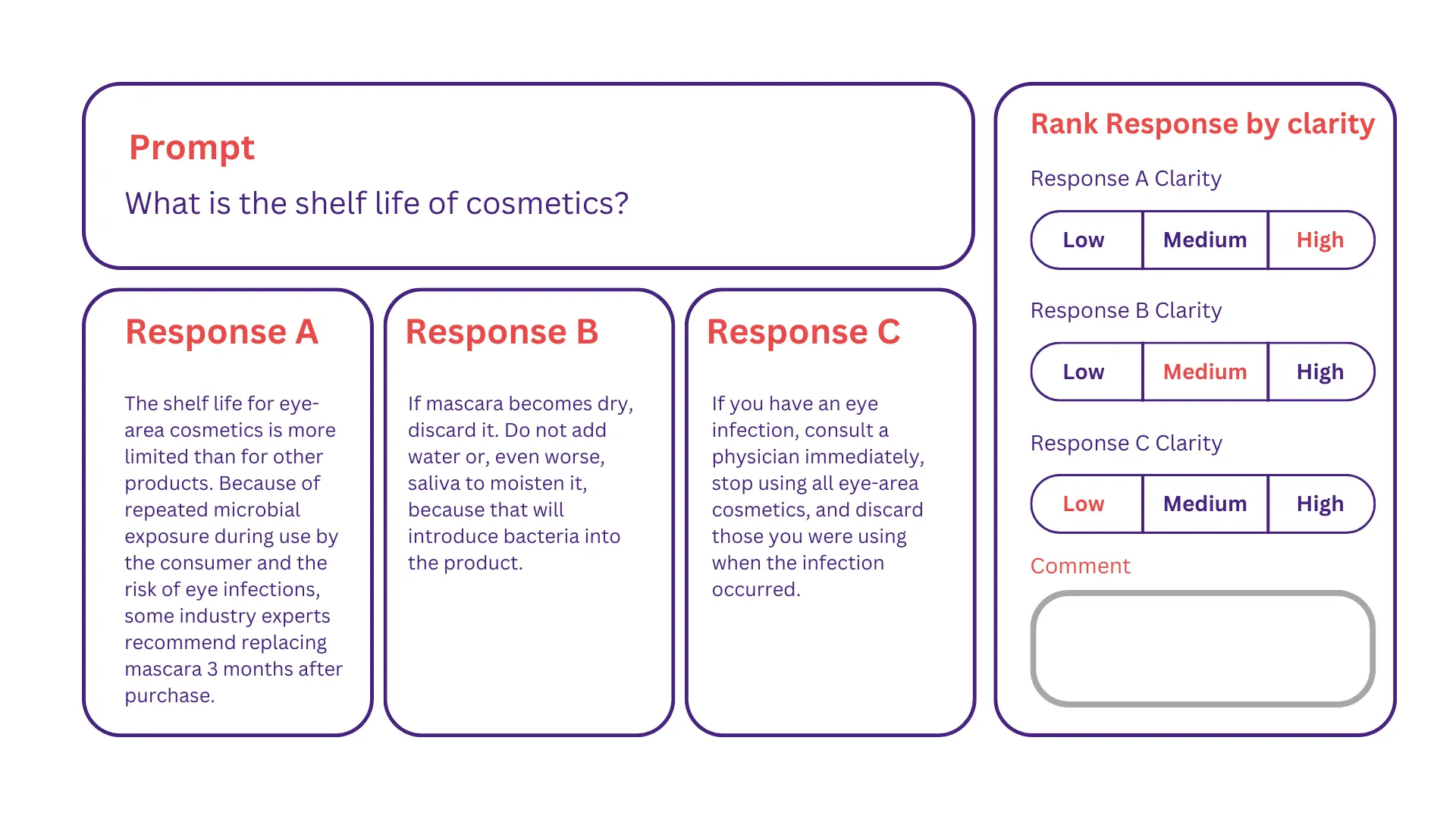
- Question And Answer Pairing: Question and Answer (Q&A)
pairing finds wide application in various domains, including Customer Support Chatbots,
E-Learning and Education, Technical Support, Travel Information Virtual Assistants, Human
Resources, and Employee Support, among others. For instance, in different industries like
automobile, electronics, and e-commerce, each product comes with its unique user's manual.
To showcase how Q&A interactions work and the content's meaning, human reviewers curate
labeled datasets containing human-generated question and answer pairs. This fine-tuning
process helps the model learn language-specific patterns and behaviors exhibited by humans
in the training data. Developers of AI applications, who are working on existing foundation
models, can enhance the relevance and accuracy of their applications by fine-tuning the
models with industry-specific or company-specific demonstration data.
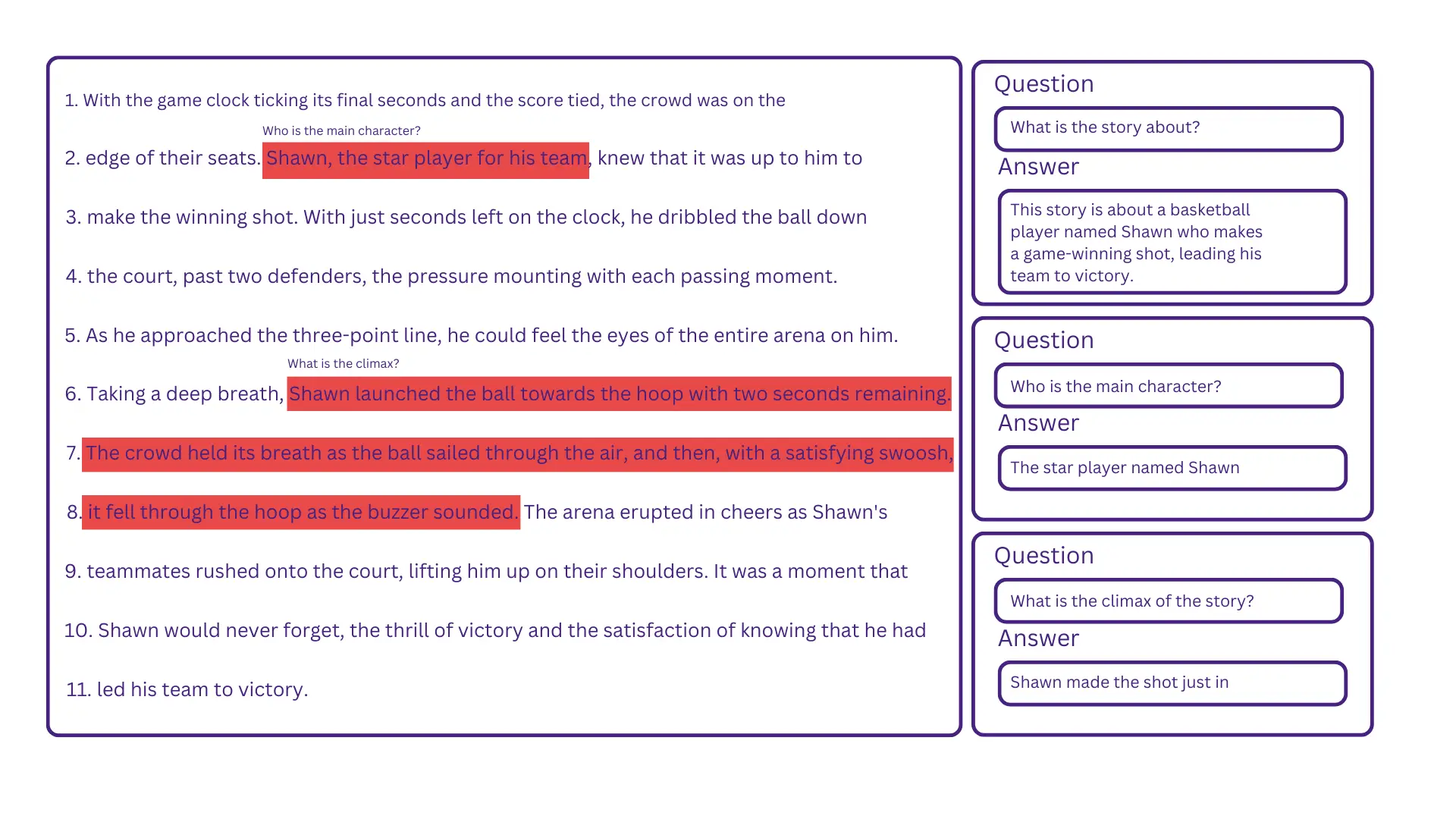
- Text Summarization: It is mainly used to summarize very
lengthy and complex documents. At Objectways we have helped our clients with the following.
Example enterprise search where you need to know about leave policy, technical help for
field technicians, competition analysis, financial report analysis. As these documents
include language, such as disclaimers and legal terms many a times difficult to understand
and to extract crucial data from them, it requires time and familiarity with the content to
identify important information.
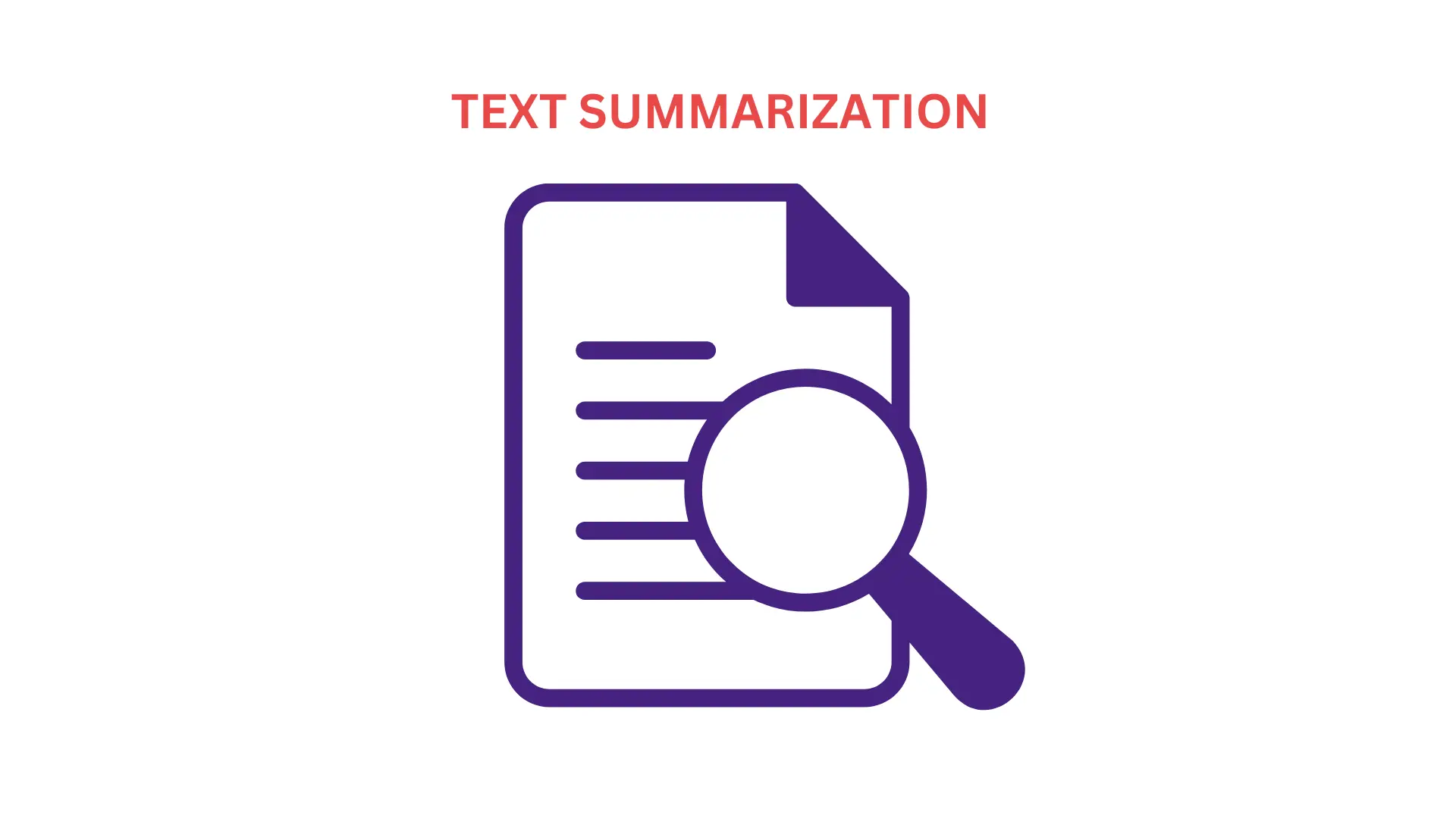
Multi-Modal Applications
- Image Captioning: It includes writing descriptive and
contextually appropriate captions for images that accurately represents the scene or objects
depicted in the image, which has a wide range of practical uses in social media, E-Commerce,
Content Creation, Media Industry. At Objectways we have worked on integrating image
captioning with assistive technologies for the visually impaired to gain information about
their surroundings by converting visual content into descriptive text.
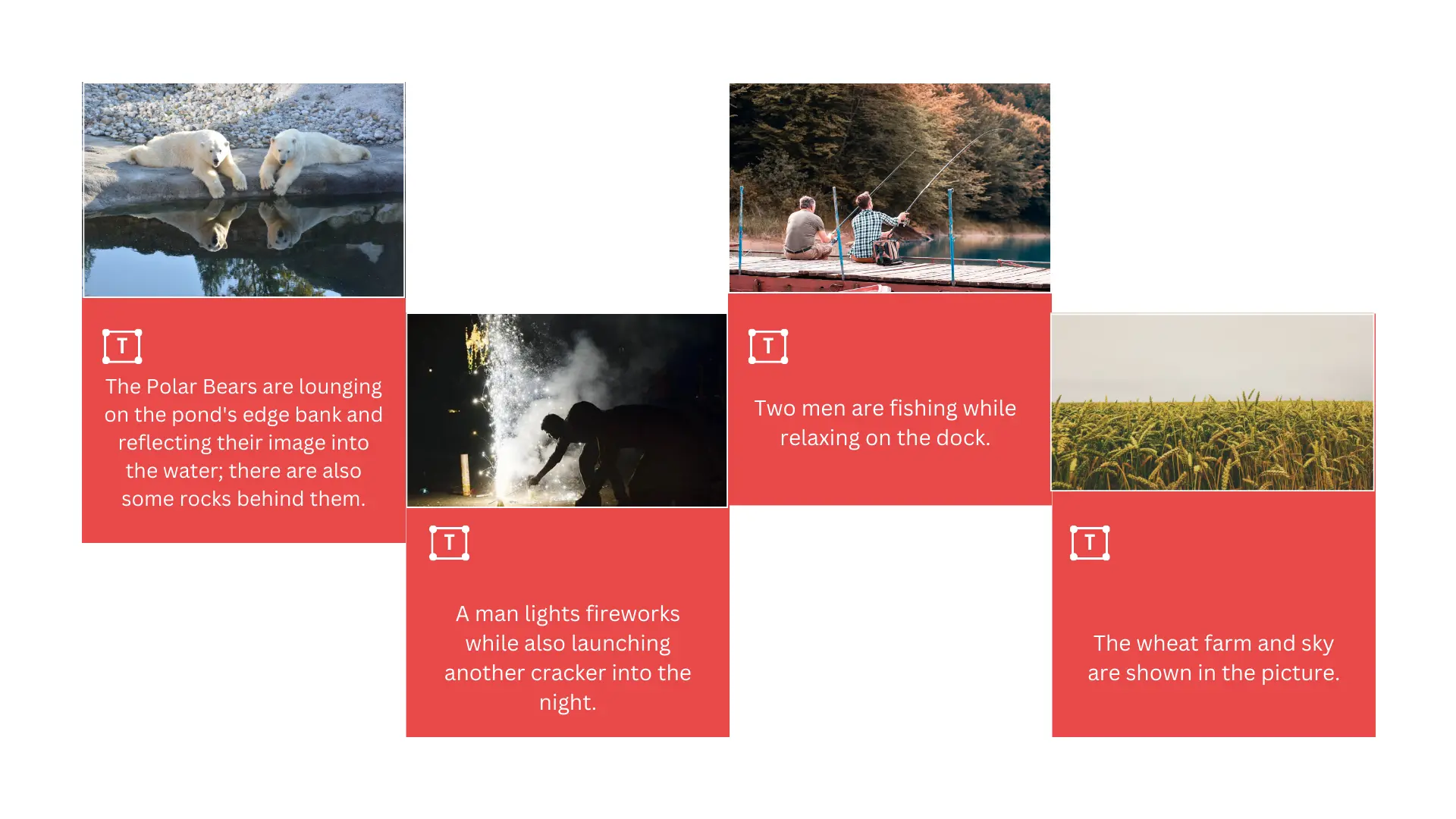
- Video Captioning: It includes writing textual description
or captions for the audio content and visual scenes present in the video. It is more
extensive than image captioning as it contains more information than a stationary image
wherein it requires to extract more features such as activity, interaction and intent
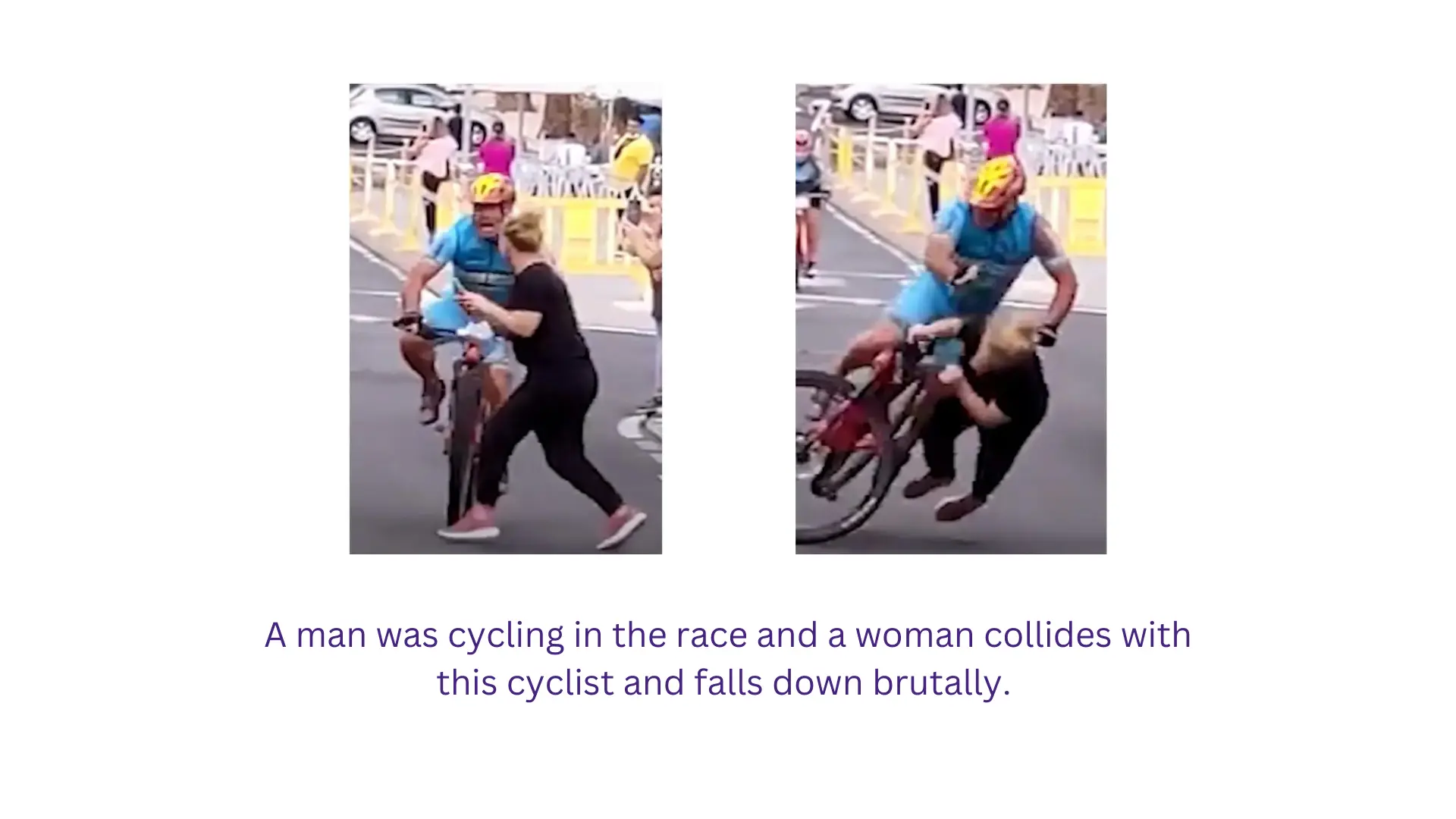
- Medical Image Captioning: involves generating descriptive textual captions or explanations for medical images. It offers great assistance for healthcare professionals. Also, check out our blog for your Healthcare AI Initiatives
Summary
At Objectways we help our customers by preparing high-quality datasets to fine-tune foundation models for generative AI tasks, from creating question answering pairs, ranking texts to generating images and videos. Our skilled human workforce (Quality Control and Spot QA) reviews the model output, to ensure that they are aligned with customer preferences. Hence, it enables application builders to customize models using their industry or company data to ensure their application represents their preferred voice and manner.